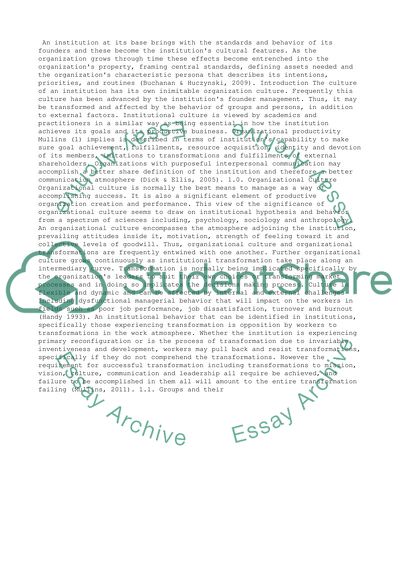Cite this document
(“Management and Organisation individual report Essay - 1”, n.d.)
Management and Organisation individual report Essay - 1. Retrieved from https://studentshare.org/management/1464280-management-and-organisation-individual-report
Management and Organisation individual report Essay - 1. Retrieved from https://studentshare.org/management/1464280-management-and-organisation-individual-report
(Management and Organisation Individual Report Essay - 1)
Management and Organisation Individual Report Essay - 1. https://studentshare.org/management/1464280-management-and-organisation-individual-report.
Management and Organisation Individual Report Essay - 1. https://studentshare.org/management/1464280-management-and-organisation-individual-report.
“Management and Organisation Individual Report Essay - 1”, n.d. https://studentshare.org/management/1464280-management-and-organisation-individual-report.


